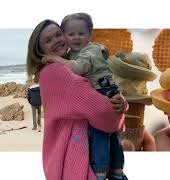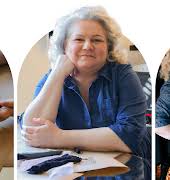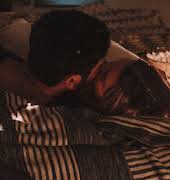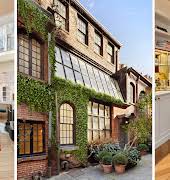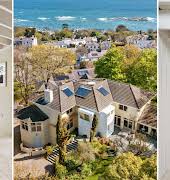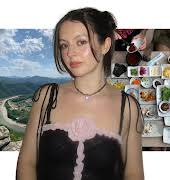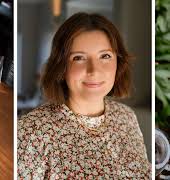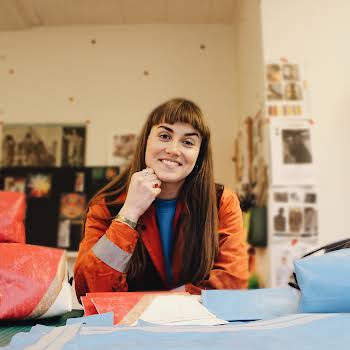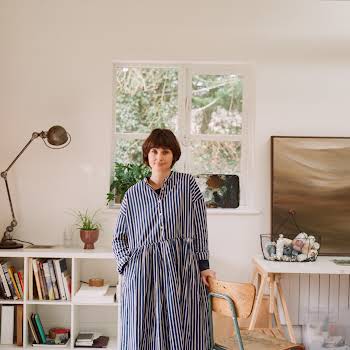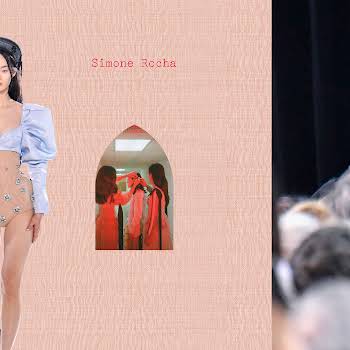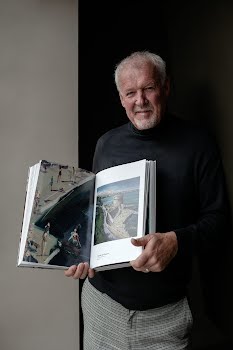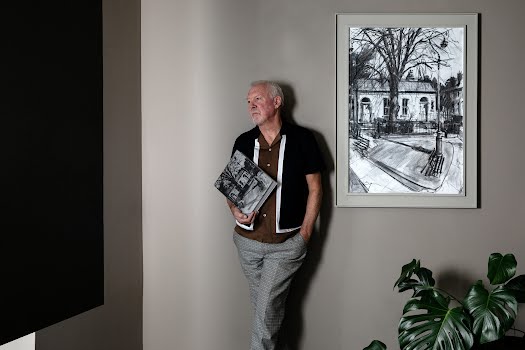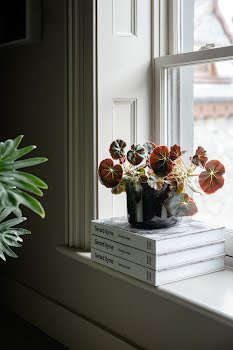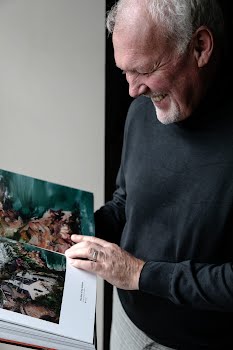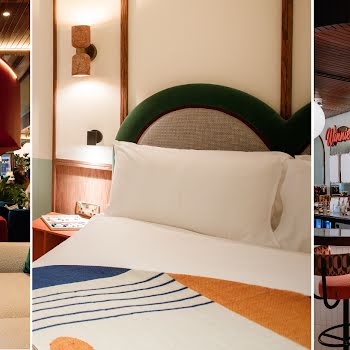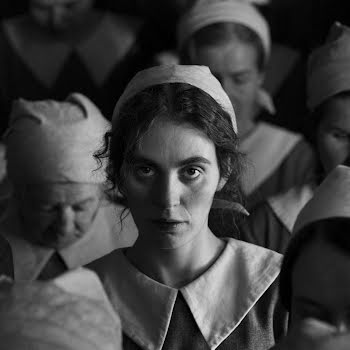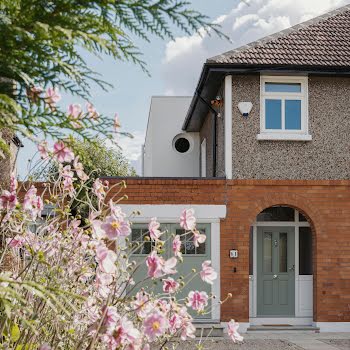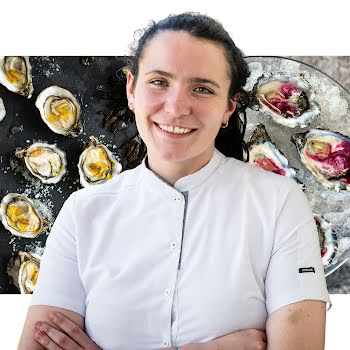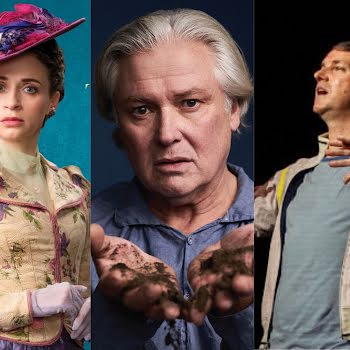
Dublin artist Gerard Byrne on his new book, and how it shifted his perception of the city
The book is a collection of works he painted during the early pandemic, and being confined to his small area of Dublin caused artist Gerard Byrne to look at it in a new light.
Turning Corners is a lavishly produced, visually stunning, luxury coffee table art book by Dublin artist Gerard Byrne.
Limited to 1000 copies, it features over 200 colour illustrations, 348 pages, hardback, sewn, with cloth finish, the front cover bearing Gerard’s now iconic image ‘The Ash on Ashfield Road’. The work was produced between Spring 2020 to Summer 2021, and acts as a time capsule of sorts for this time.
With accompanying text by author Susan Stairs, the book would make a wonderful Christmas present for all lovers of art, architecture, horticulture, Dublin, history and Irish landscape.
Here, Gerard tells us more about the story behind the book.

The book is a collection of lockdown work, what was your initial reaction to these restrictions, and how did this change over time?
When the first lockdown was announced, I have to admit, I panicked. All my life, I’ve had the freedom, the choice, to travel. I’ve visited many countries, painting in locations as diverse as New York and Singapore, Croatia and London, Morocco and Berlin. My inspiration comes from new challenges, from the ability to wander where I want, to choose where I’d like to work, to connect with people or a place or an atmosphere.
To have that taken away felt, initially, like the end of my world. If I couldn’t travel, where would I find inspiration? Without inspiration there would be no output, and, for me, not being able to paint would be torture. But that sense of negativity began to fade when, at my wife, Agata’s, suggestion, I took my paints and easel up to the roof of my studio home in Ranelagh at the beginning of the first lockdown.
Being up there, painting, I attracted the attention of passers-by and soon the word spread in the media about the ‘Artist on the Roof’. What I was doing seemed to connect with people on both a local and a national level. I got great encouragement from that. It inspired me to venture further – but still within my 2km limit – out onto the streets of my locality. I worked outside almost every day, coming home with one, sometimes two paintings. The weather was brilliant, people were so kind to me, and lockdown became a period of great positivity that resulted in me producing a large collection of paintings, all of which are now featured in my first volume Turning Corners.
Did the focus of your work change over this period?
I’ve always enjoyed depicting the strong lines of buildings and interesting architecture alongside the softer shapes of natural growth: trees, plants, flowers. In the National Botanic Gardens, for example, where I have enjoyed painting for over thirty years, it’s the glasshouses that interest me as much as the plants they contain, and how they complement one another.

So, while I never thought I’d be painting the red brick residential streets and buildings of Ranelagh, Donnybrook or Portobello, it was subject matter that very much attracted me, all the elements were there. When I’m working en plein air, everything goes into the painting – the atmosphere, the sounds, the reaction from passers-by, the connection I have to the scene – it all contributes to the finished piece. I’ve also always enjoyed figurative work, which I would normally do in the colder months, when I can’t get outside to paint.
During the winter lockdown, I was able to continue exploring this aspect of my work, where I get to use more of my imagination, turn inwards a little more. So, in a sense, the focus of my work changed, but also stayed the same. While I painted similar subjects, I think the emotion that went into these works is different because of the prevailing atmosphere during lockdown. It’s apparent visibly in my street scenes where, for example, there are fewer people, and in my figurative works there’s a yearning, a certain sort of wistfulness that reflected my mood as much as the general atmosphere of the time.
Did this period give you a new perspective on your neighbourhood, and the surrounding area?
Definitely. I moved back to Dublin in 2018 having lived in the UK for almost five years. Prior to that, my base had been in Dalkey and Sandycove, so I wasn’t overly familiar with Dublin 6. A huge amount of time and work went in to developing the premises on Chelmsford Road in Ranelagh that is now my studio, my home, and a gallery in which to show my work.
Painting out on the streets allowed me to engage with the local community in a way that wouldn’t have been possible without lockdown. People were around more, working from home, and able to travel, initially, only within their 2km. So there was a great sense of camaraderie, and locals became familiar seeing me at my easel on Beechwood Avenue or Albany Road or wherever.

I felt that I had, and still have, a new family among the people of Ranelagh. As one woman said to me ‘Ranelagh now owns you’! I also learned a lot about the history of the area from talking to people on the streets, they had the time to stop and connect, which would also not have happened to the same extent at any other time.
Painting out on the streets allowed me to engage with the local community in a way that wouldn’t have been possible without lockdown. People were around more, working from home, and able to travel, initially, only within their 2km. So there was a great sense of camaraderie
How does it feel to look back over this work now?
Dublin as a point of focus hadn’t been on the cards for 2020. Before lockdown, my plan was to go back to Berlin to paint. I’d been in the city when the Wall came down and had had an exhibition there in 1990. A 30th anniversary solo show had been planned in a Berlin gallery but, unfortunately, that all had to be shelved when covid hit.
At the time, it was a huge disappointment, but being forced to find my inspiration in a different place made me reassess my approach, my perspective. I’m immensely proud that, despite initial negativity, I managed to produce over one hundred and fifty paintings during this period. And it feels right, somehow, that they are presented together now in Turning Corners, doing their bit to record for future generations such a strange and important time in our national and global history.

A few people have mentioned Harry Kernoff (1900 – 1974) and Flora Mitchell (1890 – 1973) to me when they’ve seen Turning Corners. They were artists who were very interested in depicting Dublin – its streets, buildings and people – and both have left us a lasting legacy in terms of the architectural and social history of the city. Flora Mitchell’s book Vanishing Dublin is filled with her illustrations of buildings and streetscapes that no longer exist, and it remains an important historical record for that reason.
I’d like to think that Turning Corners will be similarly viewed going forward, as it is a visual record of a specific time and, indeed, already changes have occurred. Only days after the book was launched, the tall ash tree that features prominently on the front cover, in my work ‘The Ash on Ashfield Road’ was felled during strong winds.
Do you think this period has had a lasting influence on you going forward?
I think I have more confidence in myself because of the encouragement and engagement I received during lockdown. As an artist, you’re always working alone, sometimes without much human contact. Even if you do go out on the streets to paint, while people like to interact, they often don’t have much time. But during lockdown, people did have the time, and they wanted to chat, to connect. I think they were happy to see the creative spirit at work especially when it was such a traumatic time for so many.

Consequently, my belief in the curative properties of art and all creativity has been reinforced. I’ve also learned not to plan so much, to just do, as plans can change in an instant. During the pandemic, we heard a lot about ‘flattening the curve’ and ‘corners being turned’ in relation to coronavirus. Lockdown made me turn corners I perhaps never would have – hence the title of the book.
Turning Corners is available at gerardbyrneartist.com, shipping worldwide. As a special offer, readers of IMAGE magazine can purchase Turning Corners with €15 discount*, simply enter IMAGE2022 code at the checkout at gerardbyrneartist.com.
* special offer ends on 20th December 2022
Gerard Byrne Studio, Home of Modern Irish Impressionism, 15 Chelmsford Road, Ranelagh, Dublin 6 is open to the public Wednesday to Sunday with a constantly changing display of works. All are welcome, admission is free and no booking is required.
Photography: Ruth Maria Murphy




